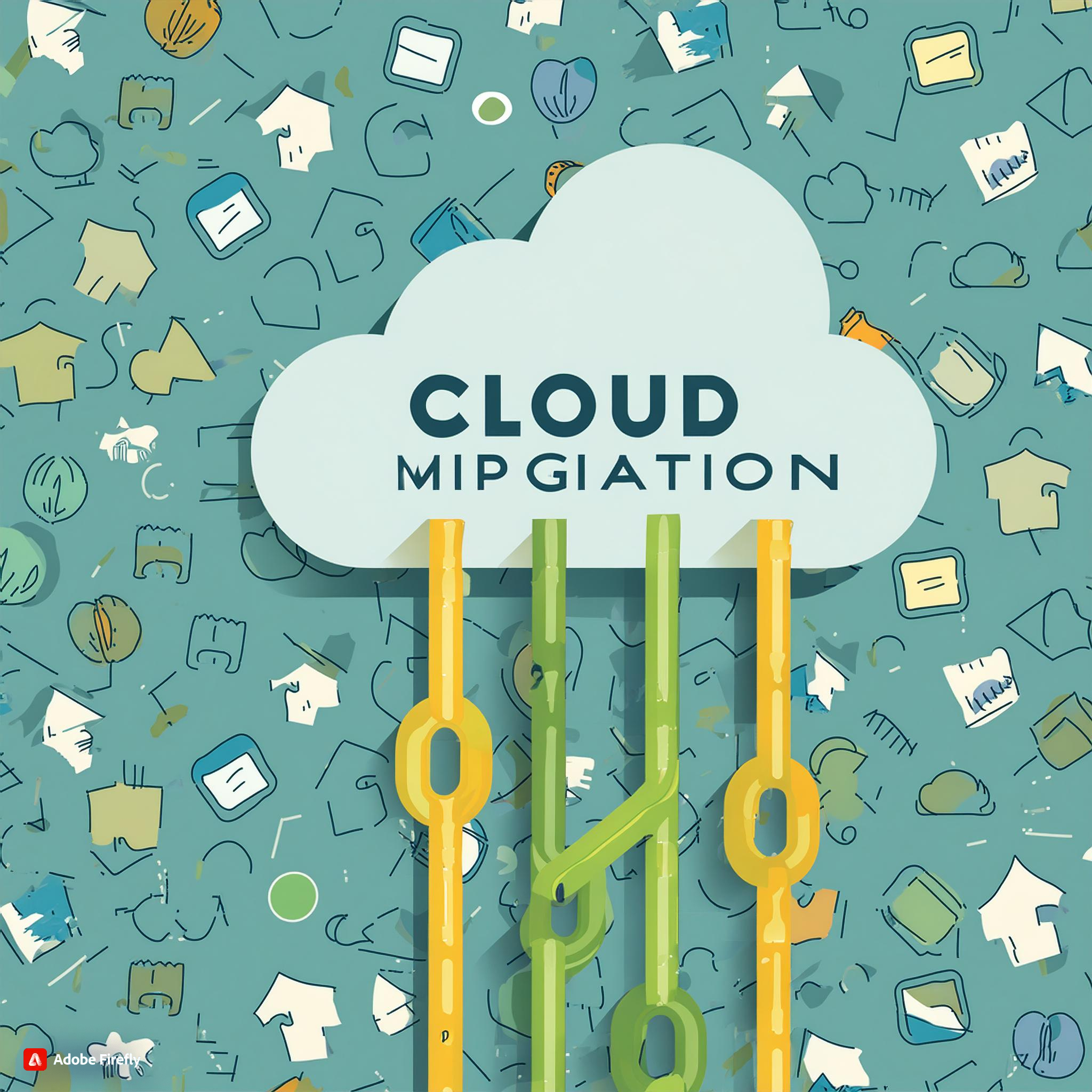There are valuable lessons to be learned from successful cloud migration case studies as they provide insights into the issues, tactics, and results entailed in taking up cloud computing. Firms can gain real-world knowledge and experiences on their roadmaps by examining the experiences of companies that have previously migrated successfully. This guide explores several examples of successful migrations to the cloud through case studies.
Case Study 1: Netflix
Overview: In the early 2010s, Netflix had a huge cloud migration campaign to cope with its increasing number of users and expand globally.
Challenges: The on-premise infrastructure faced scalability issues, unavailability problems, and also cost optimization issues. Responding to peak loads during busy hours and expanding into new markets meant buying significant amounts of hardware and establishing more data centers – this led to operational complexity and higher costs.
Strategies: Netflix moved its entire video-sharing platform onto Amazon Web Services (AWS) using Amazon EC2, Amazon S3, and Amazon Cloud Front among other online services. The adoption of cloud-native architectures and micro-services helped Netflix achieve increased scalability; fault tolerance was also realized because of these initiatives.
Outcomes: This transition then allowed Netflix’s infrastructure to scale dynamically based on growing needs while enabling global content delivery as well as improving streaming quality. With AWS having many data centers around the world alongside other advanced technologies it has been used by Netflix for reducing costs significantly in addition to achieving operational efficiencies. Consequently, millions of people around the globe now watch movies via Netflix that are delivered over the Internet using high-quality connections.
Key Lessons:
- When considering scale out always use cloud native microservices architecture approaches because it leads towards scalability as well as fault tolerance.
- Optimize your content delivery network (CDN) landscape across multiple continents for latency reduction to cut down on AWS bills.
- Continuously optimize your business’ public cloud infrastructure to match varying customer needs or business goals.
Case Study 2: Airbnb
Overview: Airbnb effected a successful cloud migration to support its fast-paced growth and innovation.
Challenges: There were scalability issues with Airbnb’s infrastructure, provisioning of resources as well as agile product development when using on-site data centers. To serve a global user base and launch new features, there was a need for IT infrastructure that was more scalable and agile.
Strategies: AWS became the host for all of Airbnb’s systems after it migrated everything from its previous setting. This included shifts like adopting a cloud-first approach and the adoption of DevOps techniques which helped Airbnb become more flexible; scale quickly and speed up the time taken to bring innovations into the market.
Outcomes: Moving to the cloud-enabled Airbnb to rapidly grow its platform to accommodate millions of users worldwide. Through AWS-managed services and infrastructure automation, operating expenses were reduced by avoiding many operational overheads that would have otherwise slowed down their products’ marketing phase or decreased software developers’ productivity. Today, Airbnb is one of the largest cloud-based platforms globally used by travelers for easy trip reservation processes.
Key Lessons:
- Becoming Cloud First allows companies to achieve increased agility & improve their capacity for innovation.
- Implementing DevOps facilitates faster infrastructure deployment through code programming.
- Use managed cloud services to reduce operational costs thereby enabling concentration on core business areas.
Case Study 3: Capital One
Overview: The management at Capital One took part in a transformative journey towards moving their organization’s IT infrastructure onto the cloud as well as speeding up digital innovations.
Challenges: Capital One had problems associated with legacy systems, data segregation, and also regulatory compliance about its on-premises infrastructures. Supporting digital banking services, real-time analytics, and personalized customer experiences requires a more agile approach that is data-driven.
Strategies: Capital One moved its essential workloads to AWS, relying on cloud services including Amazon EC2, Amazon RDS, and Amazon Redshift. This has made it more agile, scalable, and secure due to adopting cloud-native architecture and a data-driven culture.
Outcomes: The move to the cloud by Capital One facilitated the transformation of banking operations and the launch of digital products that are innovative as well as personalized customer experiences. It was also able to obtain information regarding client behavior, and risk management in addition to fraud detection by utilizing advanced analytic models combined with machine learning capabilities offered by AWS. By now Capital One is a Cloud First organization driving digital transformation and competitive differentiation in financial services.
Key Lessons:
- Embrace cloud-native architectures and data-driven culture to drive innovation and agility
- Leverage advanced analytics and machine learning for insights to gain competitive advantage
- Prioritize security, compliance, and risk management in cloud adoption initiatives
Conclusion
Case studies about the successful migration of clouds offer critical lessons along with best practices for organizations taking similar paths. Companies such as Airbnb, and Netflix among others like Capital One can gain insights into their strategies challenges and outcomes when migrating into the cloud. From these case studies which include infrastructure scaling up or acceleration of innovations or even improving customers’ experience key lessons learned will help shape the company’s journey during its migration efforts for this technology. Harnessing the full potential of cloud computing for achieving strategic objectives requires embracing this technology while using tried techniques established over time in the business development era.

